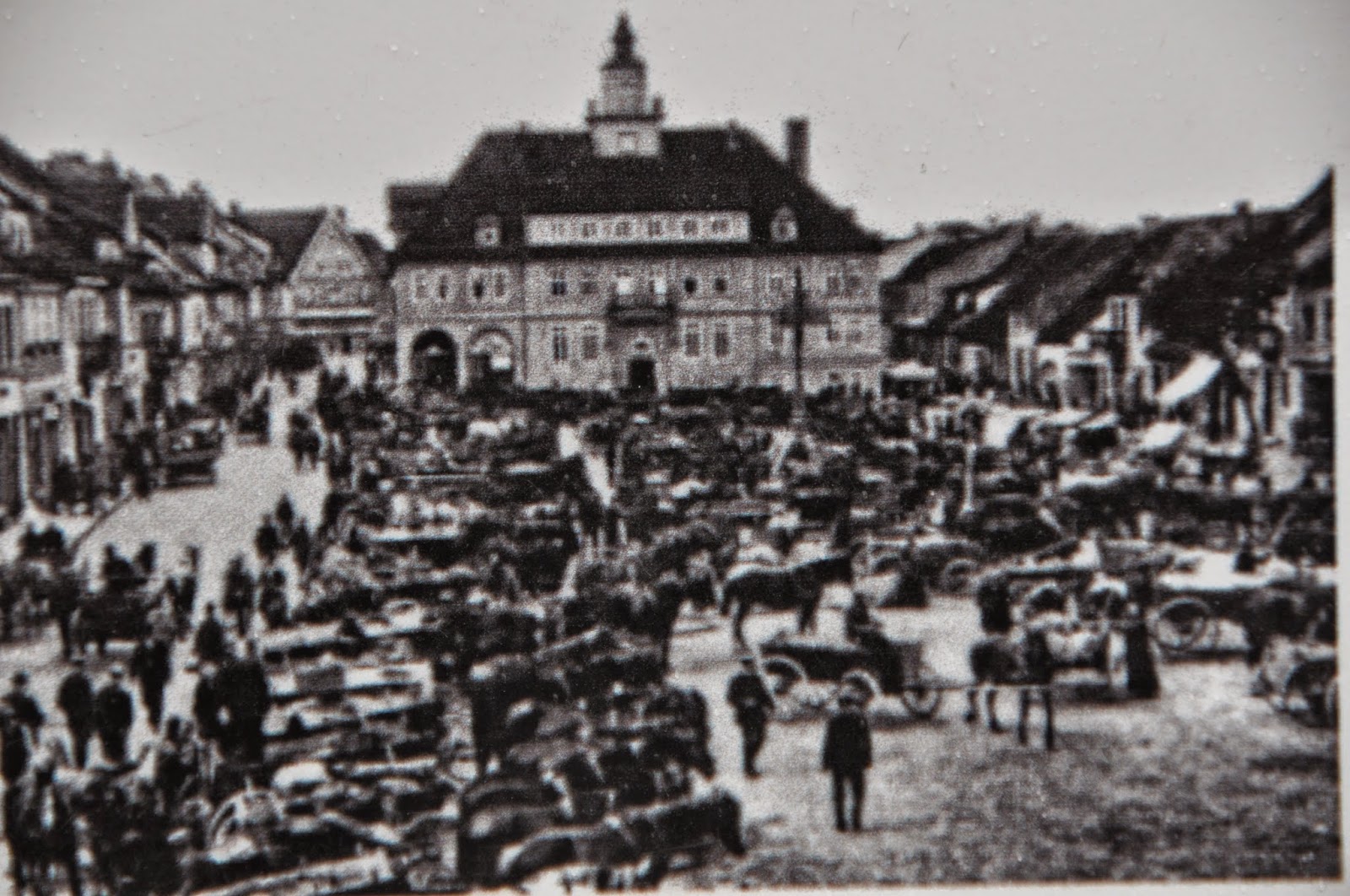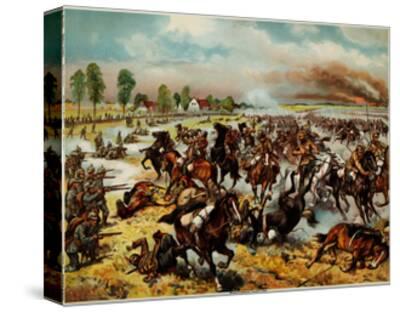

A new code was ready but they were still very short of the code books. The Russians were aware that the Germans had broken their ciphers, but they continued to use them until war broke out. Therefore, they relied on mobile wireless stations, which would link Zhilinskiy to his two army commanders and with all corps commanders.

The Russian supply of cable was insufficient to run telephone or telegraph connections from the rear all they had was needed for field communications. (Vawkavysk, Belarus), about 410 km (250 mi) from Königsberg.Ĭommunications would be a daunting challenge. Before moving to Warsaw he had been Chief of the Russian General Staff for two years. His duties in Manchuria had been more diplomatic than military. The two armies were directed by the military governor of Warsaw, who in wartime commanded the Northwest Military District, Gen. Since commanding a division in the war with Japan he had been governor of Turkestan. Alexander Samsonov, who was “… possessed of a brilliant mind, reinforced by an excellent military education”. Paul von Rennenkampf, who in the Russo-Japanese War had earned a reputation for "exceptional energy, determination, courage, and military capability." The Second Army, coming north from Warsaw, was under Gen. Adding to their supply problems, the Russians deployed large numbers of cavalry and Cossacks every day each horse needed ten times the resources that a man required. The Russian supply chains would be ungainly because-for defense-on their side of the border there were only a few sandy tracks rather than proper macadamized roads. The two armies would take the Germans in a pincer. The Second Army railway ran from Warsaw, Poland, to the border 165 km (103 mi) southwest of Königsberg. The First Army would use the line that ran from Vilnius, Lithuania, to the border 136 km (85 mi) southeast of Königsberg. Consequently, its armies could be transported by rail only as far as the German border and could use Prussian railways only with captured locomotives and rolling stock. The railways ended at the border, as Russian trains operated on a different rail gauge than Western Europe. The Russians would rely on two of their three railways that ran up to the border each would provision an army.

Somewhat east of the center of the province was the heavily fortified peninsula on which its capital Königsberg (modern Kaliningrad, Russia) was located.

On the north was the Baltic and on the south was the border with (at the time, Russian) Poland it was about 130 km (81 mi) wide. Įast Prussia was a vulnerable salient thrust into Russian territory, extending from the Vistula River in the west to the border with (at the time, Russian) Lithuania in the east, a distance of roughly 190 km (120 mi). Despite their difficulties, the Russians promised the French that they would promptly engage the armies of Austria-Hungary in the south and on day 15 would invade German East Prussia. Russia intended to have 27 divisions at the front by day 15 and 52 by day 23, but it would take 60 days before 90 divisions were in action. Getting their men to the front would itself take time because of their relatively sparse and unreliable railway network (for example, three-quarters of the Russian railways were still single-tracked). Their Russian allies in the East would have a massive army, more than 95 divisions, but their mobilization would inevitably be slower. If the British Expeditionary Force (BEF) joined in accordance with their Allied treaty, they would fill the left flank. The French army's Plan XVII at the outbreak of the war involved swift mobilization followed by an immediate attack to drive the Germans from Alsace and Lorraine. Put another way, the Plan depended on Russia's slow entry into the war. In short, Germany could deliver a devastating one-two punch before either of its adversaries was ready. The basic idea was for Germany to use its speed advantage to mobilize before the French could, invade and defeat France before it mobilized, and then turn the German army around, send it east, and defeat Russia, which was seen as being slower to mobilize than France. Devised a decade earlier in response to concerns about fighting a two-front war with Russia and France, the Plan depended on differences in the speed with which the different nations could mobilize their armies for war. Germany entered World War I largely following the Schlieffen Plan. Although the battle actually took place near Allenstein ( Olsztyn), Hindenburg named it after Tannenberg, 30 km (19 mi) to the west, in order to avenge the defeat of the Teutonic Knights 500 years earlier at the Battle of Grunwald by Poland-Lithuania (which was also known as the Battle of Tannenberg in German).


 0 kommentar(er)
0 kommentar(er)
